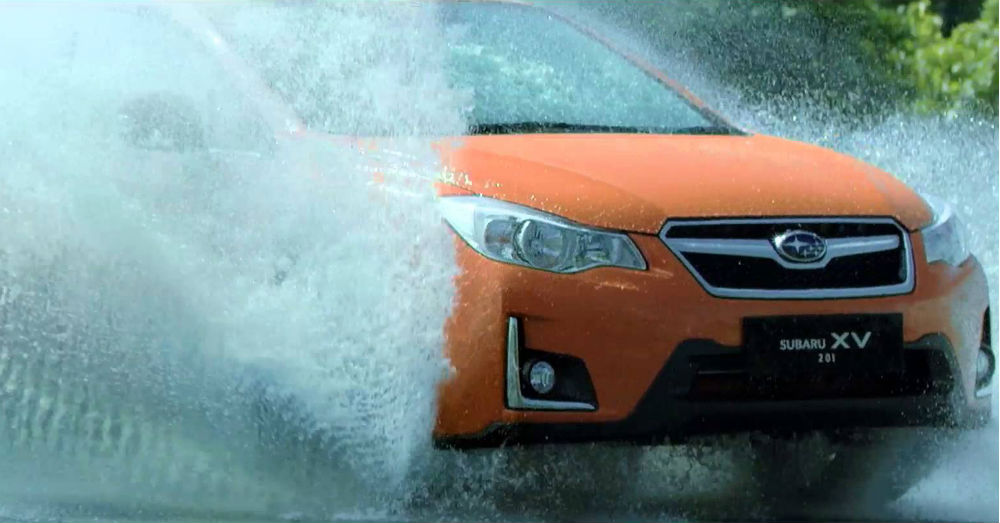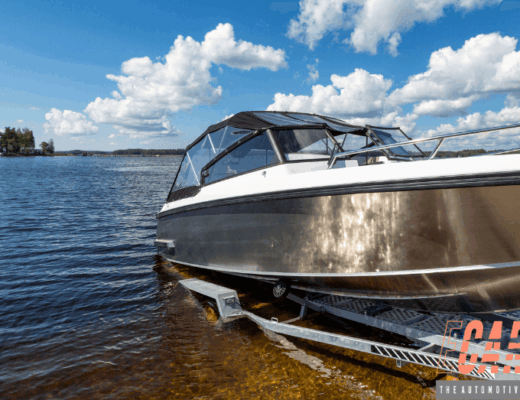Everyone talks about driving in the snow or ice and how dangerous it can be, but very few people recognize that similar hazards exist from driving in the rain. Rain has been named one of the top causes of car accidents, especially when the weather comes on suddenly, especially in a drier state. Some studies have even shown rain to be a deadlier driving condition than snow or ice. Perhaps the reason for this is because drivers have no fear when it comes to rain, but are, typically, somewhat cautious in other inclement weather conditions.
When driving in snow and ice, drivers tend to have a great deal of concerns about their safety, and therefor they stay home to avoid the roads, or they slow down and are more conscientious about their driving. However, in most states, rain is such a common condition that we’ve lost all fear of driving conditions. What we don’t realize is that many traffic accidents are happening as a result of people not taking the necessary precautions that should be taken in order to drive safely in the rain. So, what safe driving habits can we condone, and what can we avoid to make the roads a little bit safer when it’s raining?
- Driving Too Fast – Rain on the roads stirs up the oils in the pavement, making the roads automatically more slippery than they would be if they were dry. By driving too fast we aren’t respecting the rain as the powerful force of nature that it is. The oil slick on the roads makes for nearly impossible stopping conditions, and when we’re traveling too fast, we aren’t keeping alert for gathered water, which can cause hydroplaning. During a hydroplane, an unsafe driver can lose complete control of the car, even if just for a split second, and this can have deadly results.
- Following Too Closely – See above about the oils on the road. This means you’re not going to be able to stop as easily because the roads become slicker. Therefore you need to back off of the driver in front of you, even if they’re going under the speed limit. Chances are, they’ve been given a reason to fear driving in the rain, and this is going to make them as cautious as they should be. Keep a safe distance between your car and the car in front of you; it doesn’t matter how big of a hurry you’re in. Back off.
- Driving with Bad Wipers – When our wiper blades go bad during the sweltering hot months of summer and there isn’t a rain drop in sight, it’s easy to postpone replacing them, but don’t do it. When the rainier season comes, you’ll probably have forgotten about the decreased quality of your wiper blades and you’re putting yourself in danger. Rain already reduces the visibility, as it is usually accompanied by fog or haze, so do yourself a favor and replace your wiper blades as soon as they go bad. You don’t want to be caught in a sudden downpour with windshield wipers that don’t work the way they should.
- Taking Turns as if The Road Were Dry – Seriously, hydroplaning is a real thing, and very few drivers know how to control the vehicle during this loss of control. The roads, during a storm, gather water that isn’t always easily visible, and many times this water accumulates in turns. Taking your turn at your normal speed isn’t going to work in the rain, and may cause you to enter the opposite lane of traffic, or to veer off the road completely. So slow down and proceed at a slower speed. No time constraints are worth your life.
- Underestimating the Danger – When we see snow, a lot of us will start coming up with excuses to avoid driving in it. However, people don’t feel the same way about rain, but they should. Rain, no matter how common, is still a force of nature and can increase or decrease at any time without warning. Ignorance to the danger of rain while driving can be deadly, and rain should be given the respect it deserves. Even if you’re well-versed in driving in the rain, other people on the road aren’t, so just be extra cautious, and never underestimate it.
There is nothing more important than your life, and we need to consider rain the force that it is. As one of the biggest contributing factors to deadly traffic accidents, we need to recognize that we aren’t invincible and that extra hazards exist when the road is wet and the rain is falling.
This post may contain affiliate links. Meaning a commission is given should you decide to make a purchase through these links, at no cost to you. All products shown are researched and tested to give an accurate review for you.




